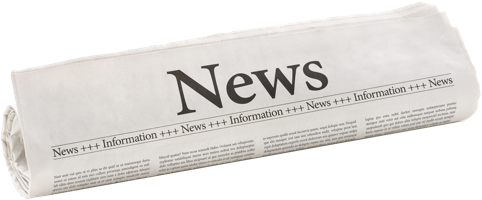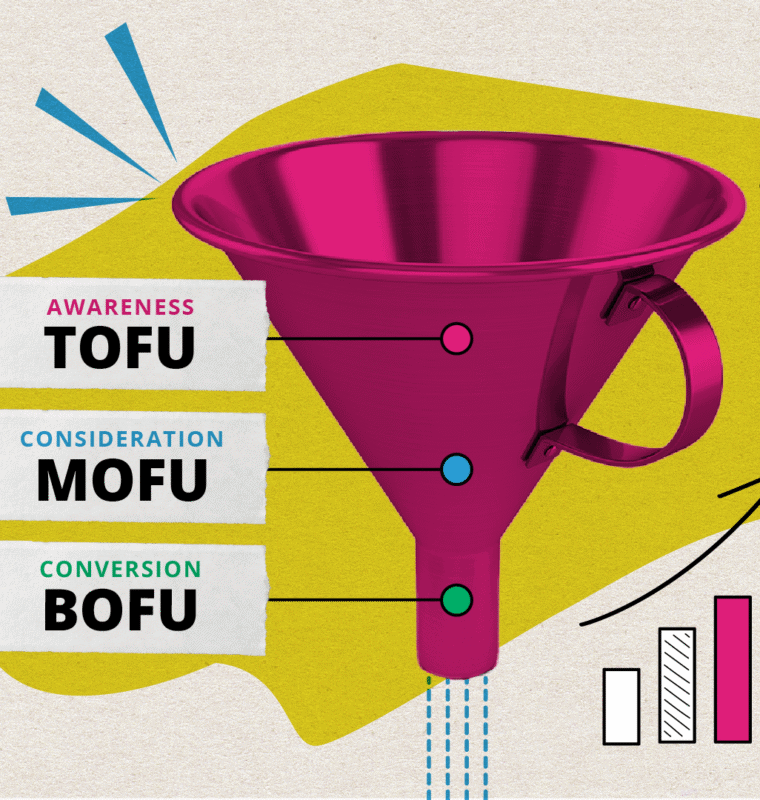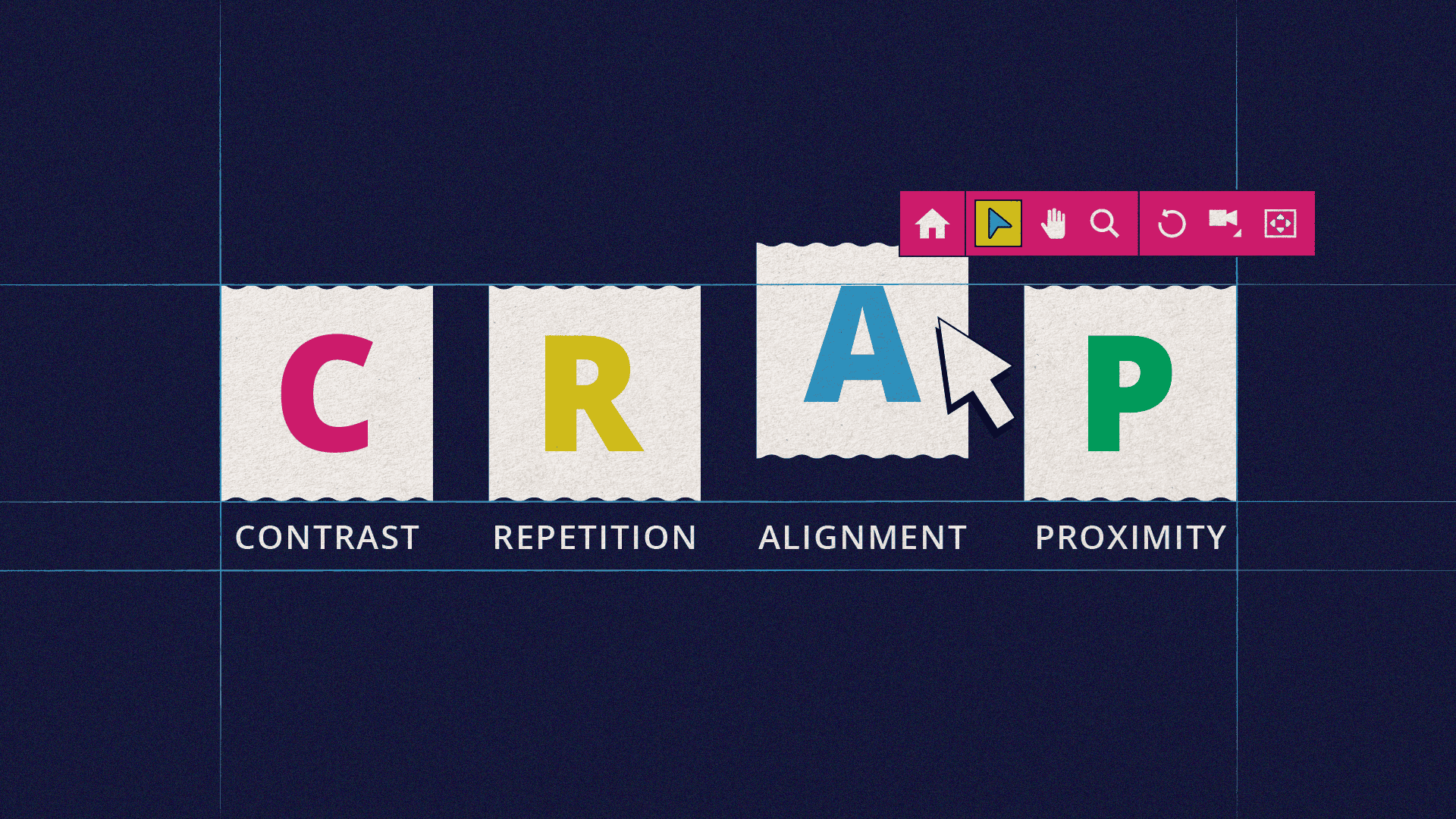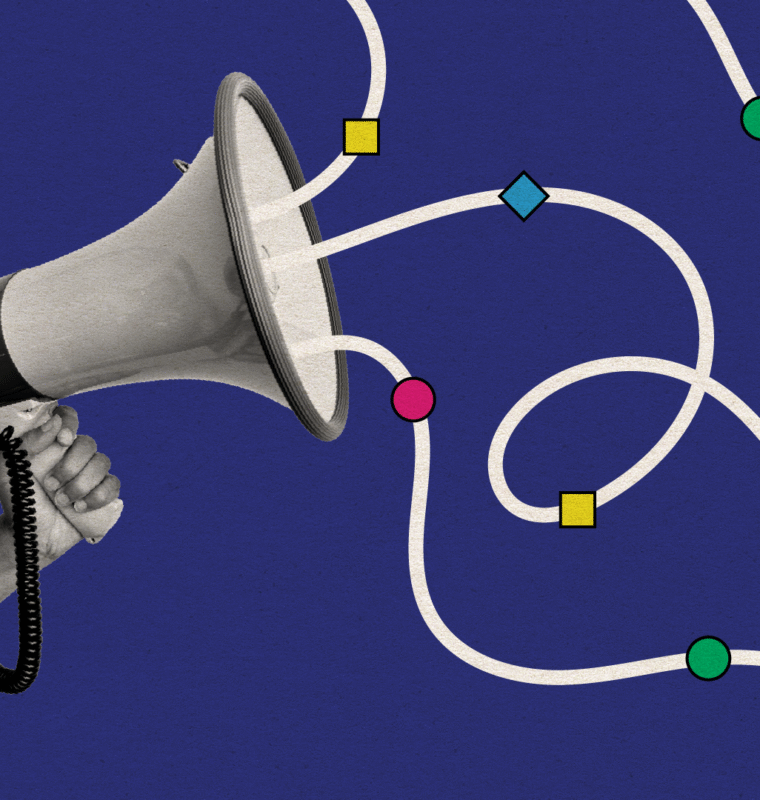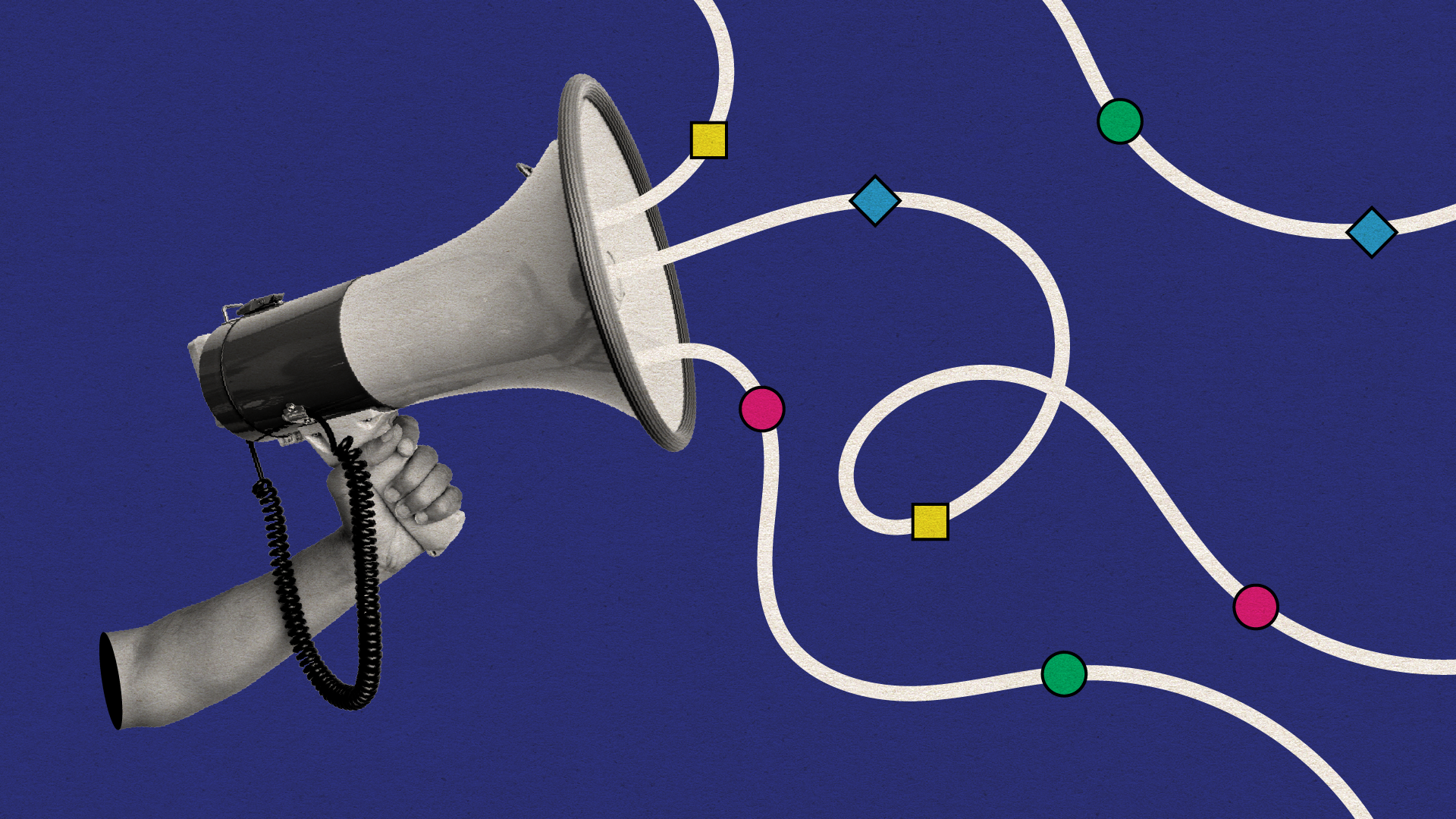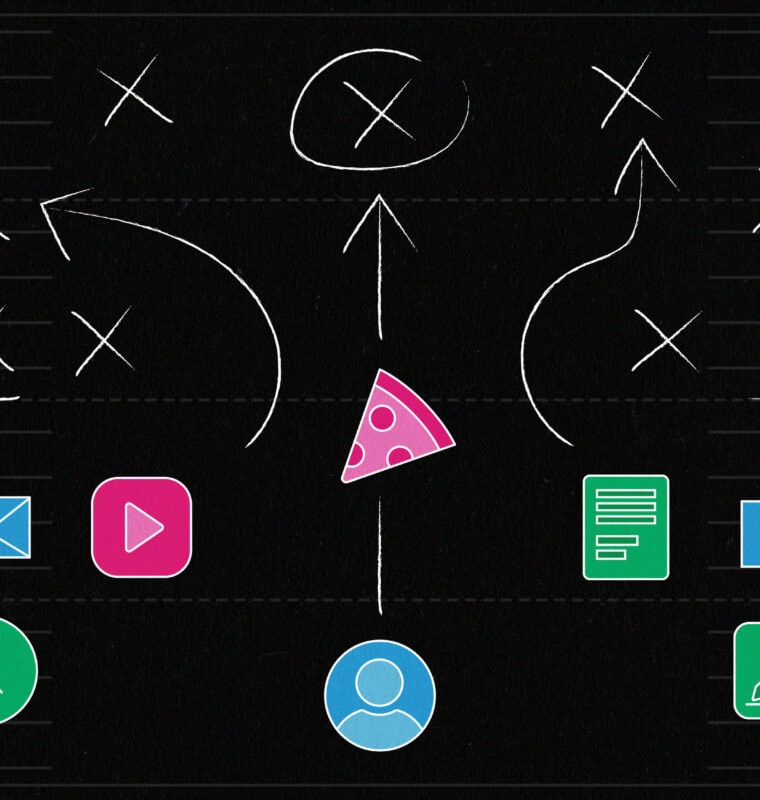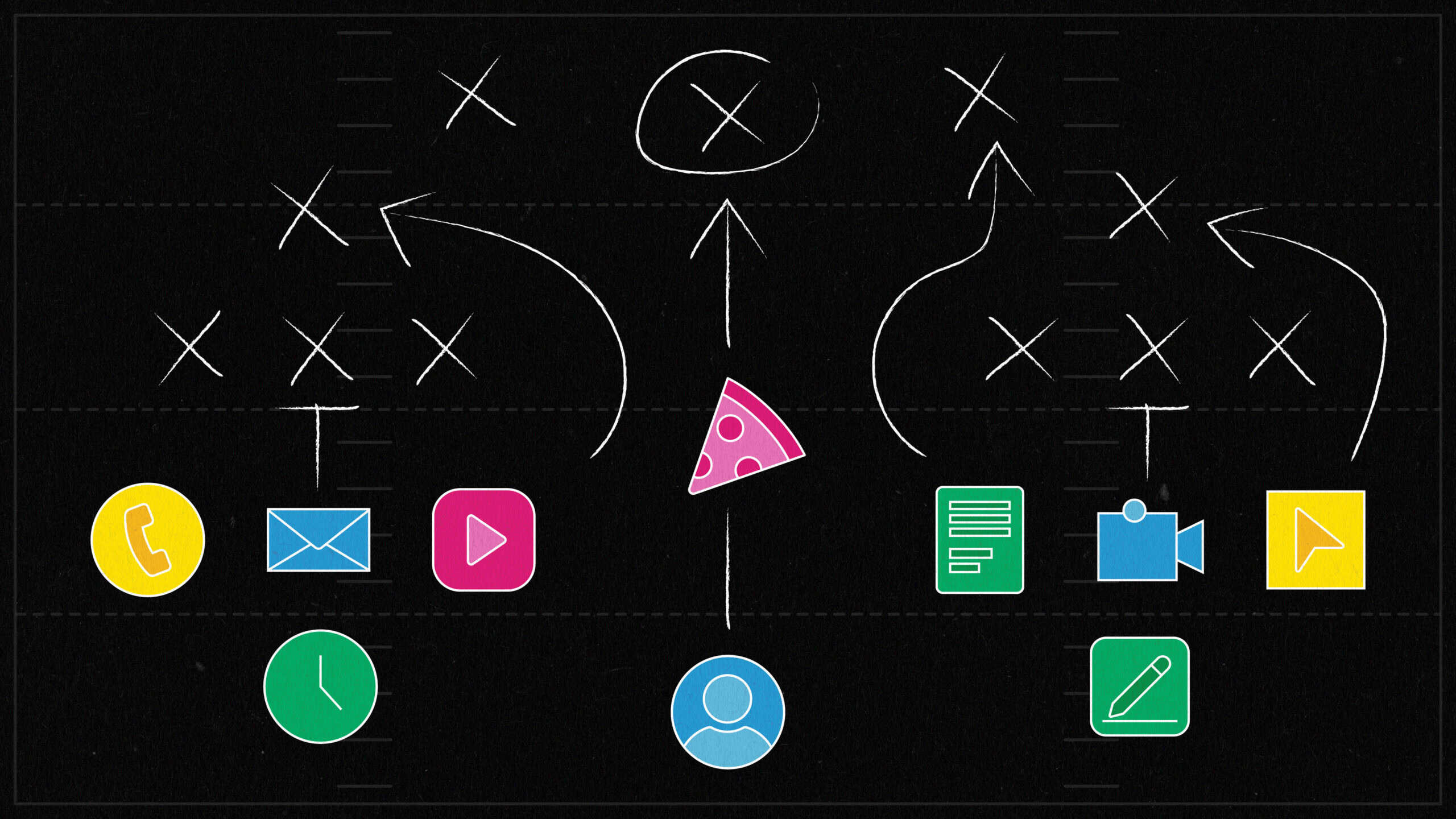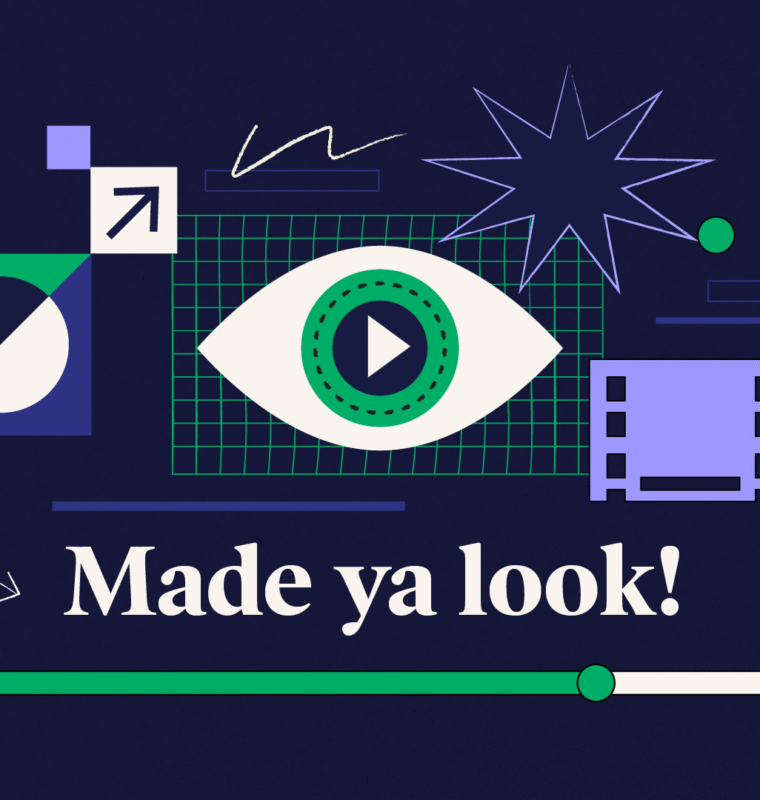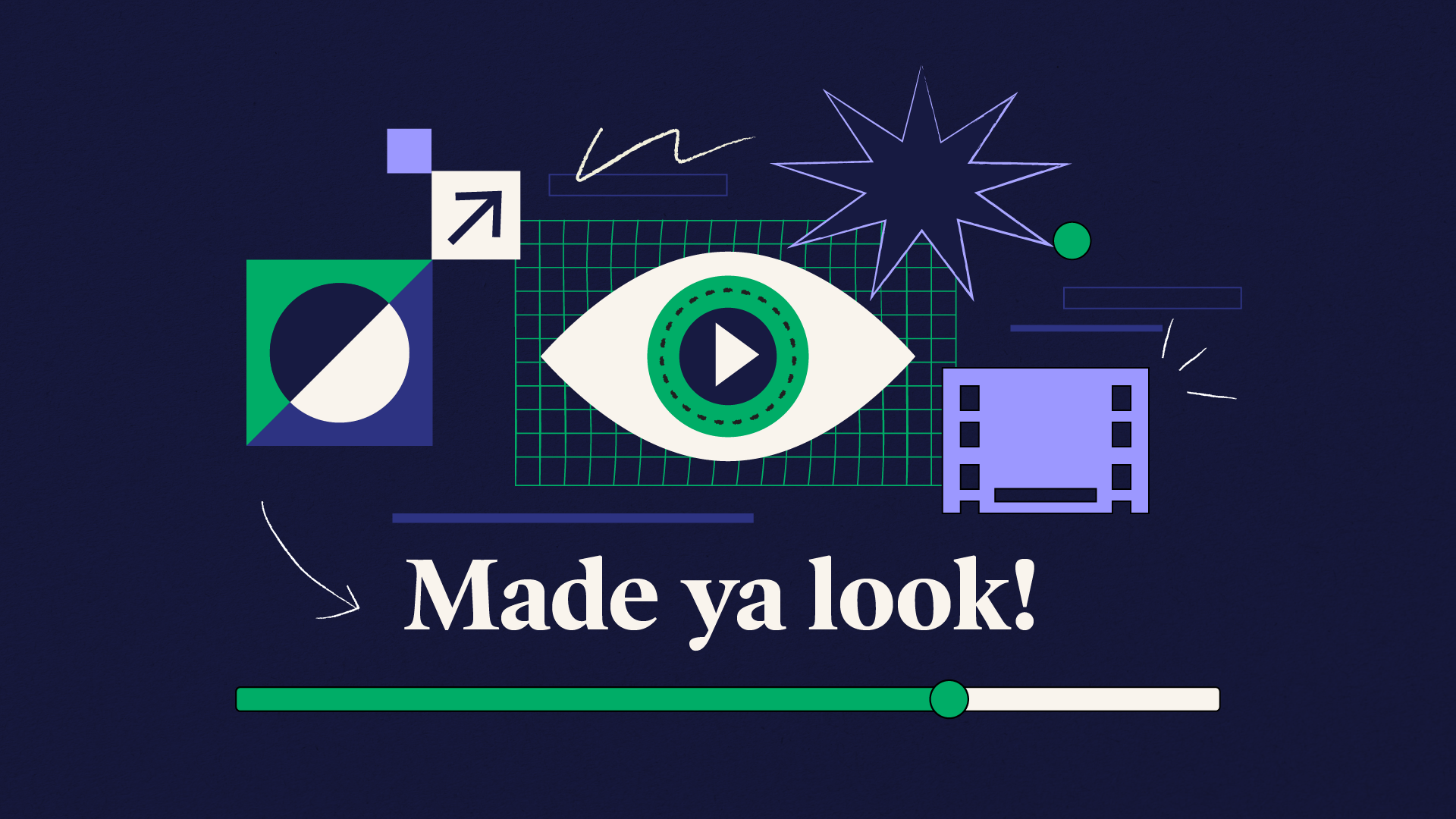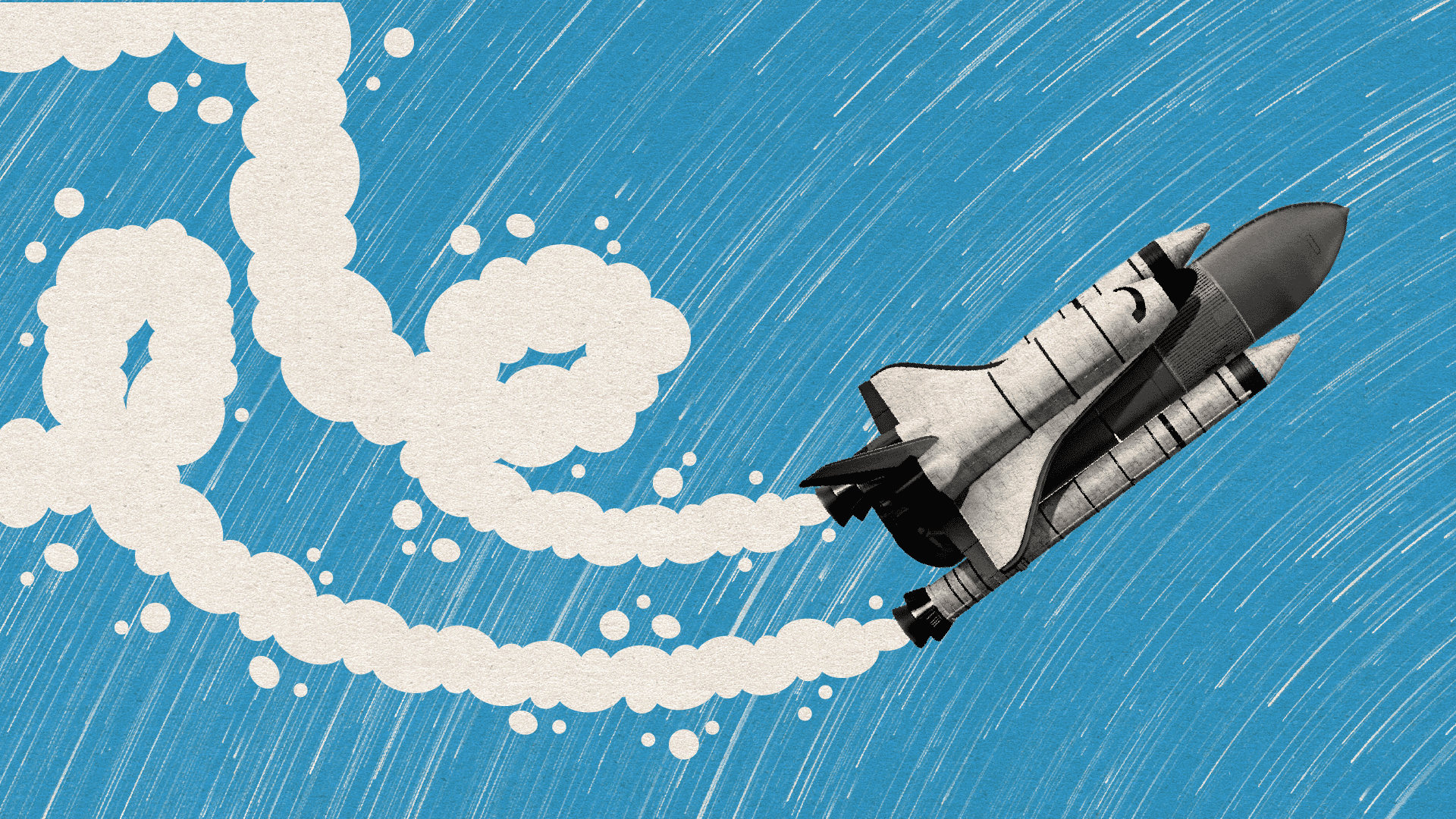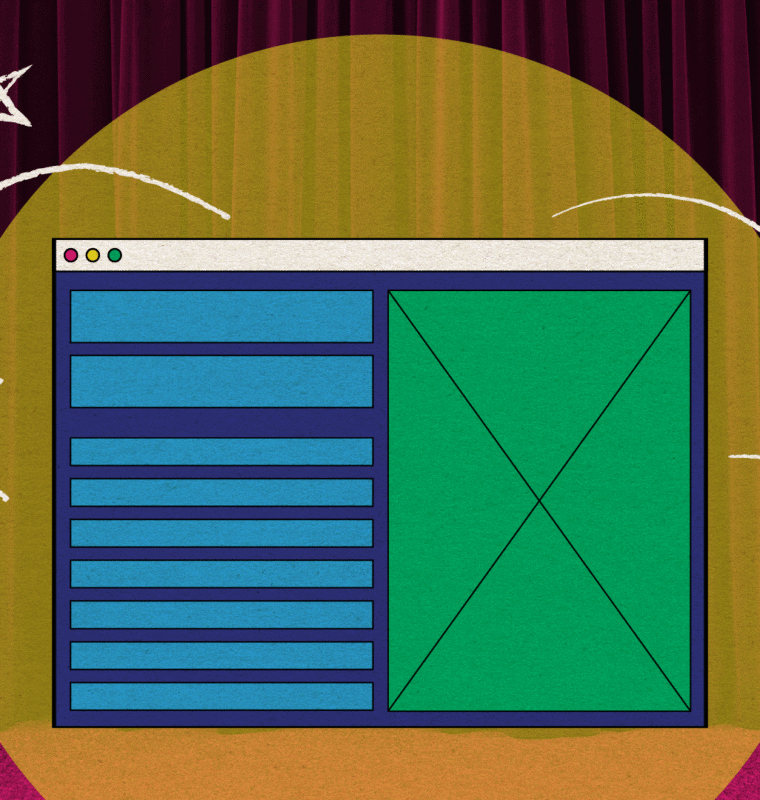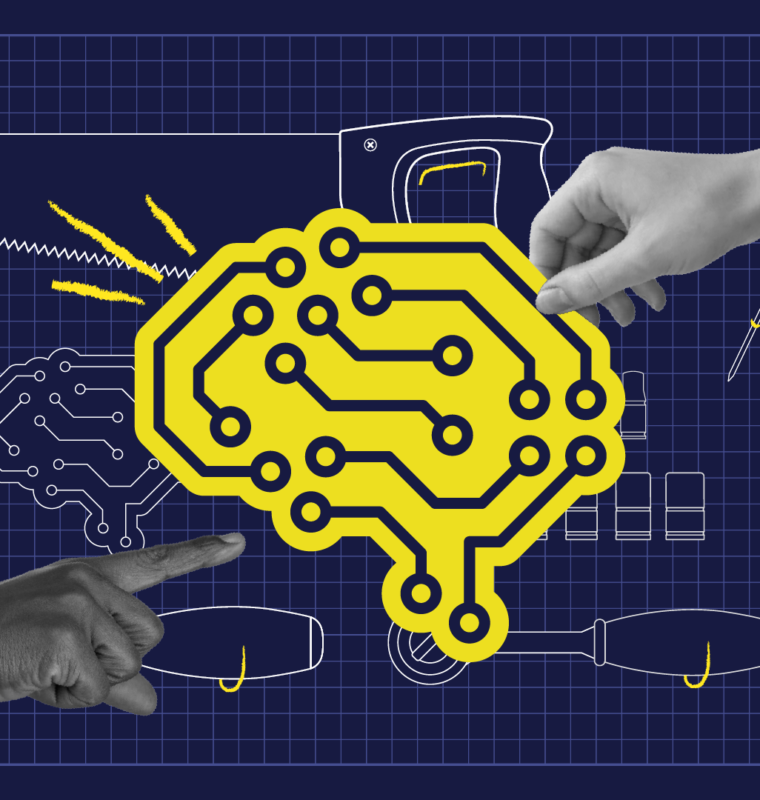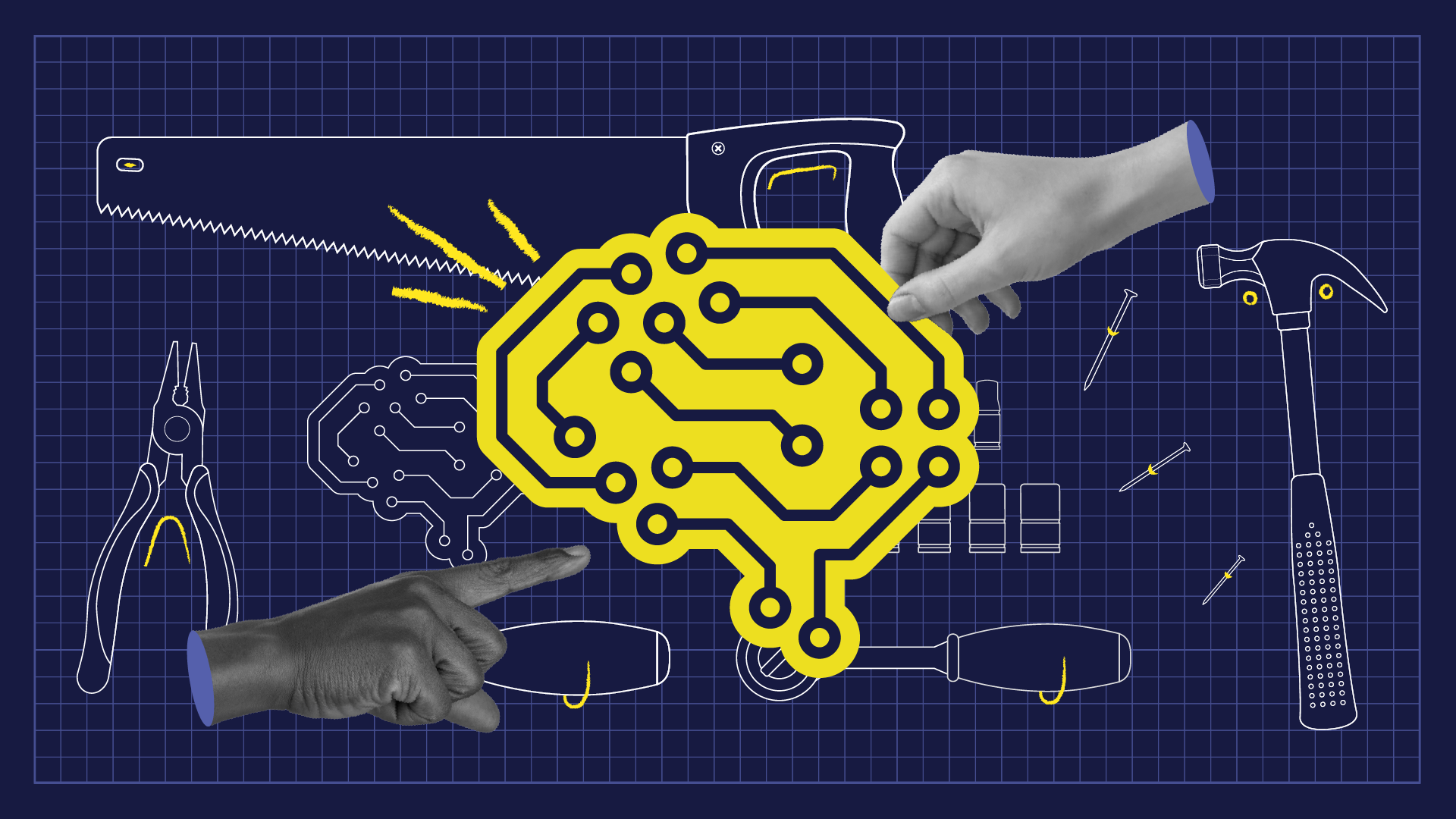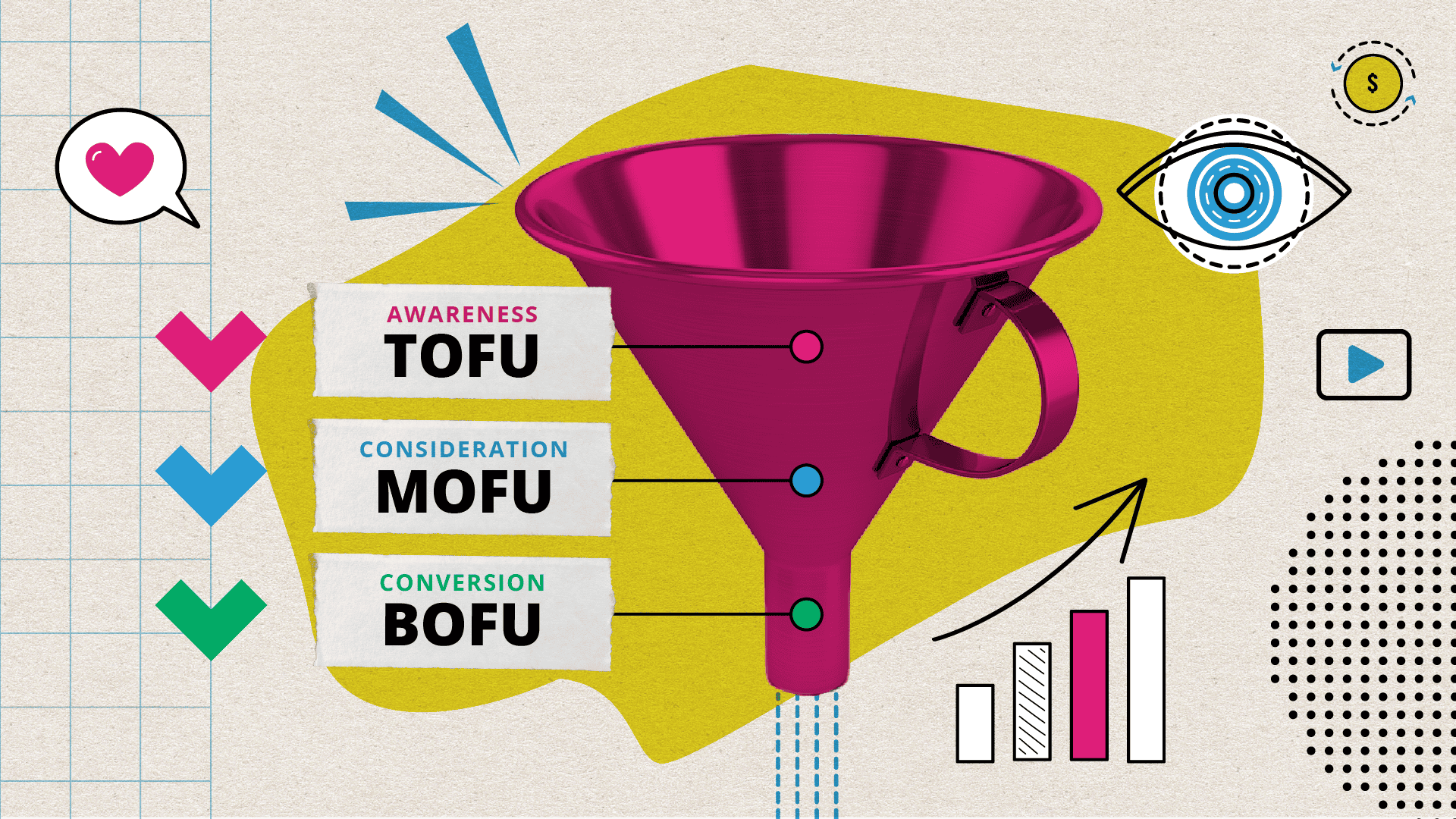
Image by Suzanne Calkins
There’s nothing like fishing with my kids to make me appreciate the waiting game. Fishing isn’t fast. And fish don’t eat their dinner systematically. All right, it’s true, we’re not good at fishing. But still, the process is a series of unanticipated interactions that culminates in one fish deciding yes, I’ll completely eat the worm this time. As the human on the other end of the pole, that’s the long-awaited thrill. We get to reel one in, throw it back, then start the madness all over again.
This process of swimming around, inspecting hunks of worms, and finally chomping on the hook is your typical buyer journey in its purest form. No matter how often we depict a customer’s journey in a neat line, it’s really more like a sunfish that’s watching and waiting, while occasionally nibbling on the lure to throw you off.
That’s why we tell clients to simultaneously push content designed for ALL stages of the funnel. Let’s say your audience is a group of fish hiding in a clump of watermilfoil awaiting their dinner. Some will be too shy to go after the worm right away. They prefer to inspect it from afar. Others will be bold enough to nibble. And, if you do it right, one might even grab the hook on your first try. It’s unlikely (if you’re anything like us), but it’s possible. The tricky part is that it’s difficult to guess which fish will go after the hook next. Do you need to cast four more times to lure out the shy ones? Do you need some extra bait to allow the nibbles to continue?
Here’s where a full-funnel content strategy can target all types of fish—I mean, customers—to encourage them along their journey (into your boat!).
Consider the following two scenarios:
The large-mouth bass: ITDM with vast product knowledge, but still needs convincing
This customer heard about your solution from a former colleague and knows it’s widely used. They understand how it works and what it does, but they want to hear how others have adopted it and the impact it has had. They’re unsure it can solve their unique issues.
This buyer could be convinced with:
- Customer success stories
- Technical blog posts
- Interactive product demos
The sunfish: Solution champion that needs to bring others along
You’ll often have one fish on the line, but their friends aren’t joining in. You can still cultivate that champion with bottom-funnel assets that keep them interested while providing them with top-funnel assets they can share.
Here’s what you might give them:
- Solution briefs
- Explainer animations
- Deep-dive whitepapers
Now, the reel question is, are you fishing with the right bait? We can help you create the juiciest content that tempts the full range of potential customers—across all stages of the funnel.
